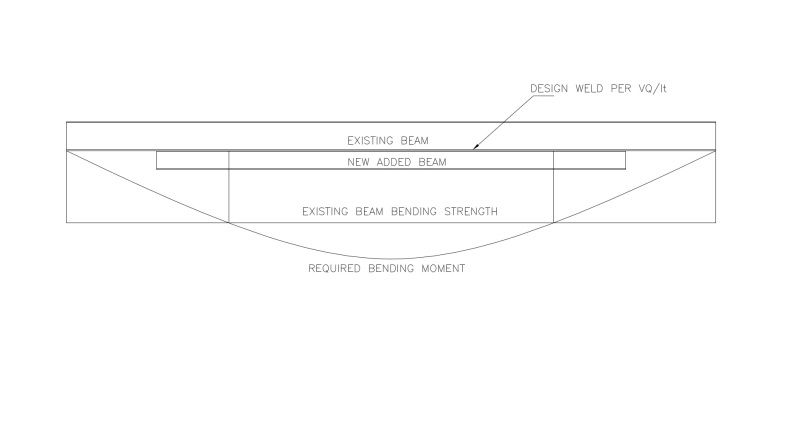My question is about strengthening a W section steel beam with adding another W section on bottom flange. Adding cover plate or WT options are not sufficient because of large moment requirement .
I am planning to connect the flanges with weld, I can fillet weld the two flanges. Now my concern is the weld will be on the flange tips only and there will no connection in the space between the tips. It seems we may need some plug/slot weld as well. Or may be adding few bolts in longer spacing in addition to the fillet weld.What are other requirements other than providing the weld capacity for shear flow demand.
What is commonly done while attaching two W-sections. Your experience and thoughts will be appreciated.
thanks.
I am planning to connect the flanges with weld, I can fillet weld the two flanges. Now my concern is the weld will be on the flange tips only and there will no connection in the space between the tips. It seems we may need some plug/slot weld as well. Or may be adding few bolts in longer spacing in addition to the fillet weld.What are other requirements other than providing the weld capacity for shear flow demand.
What is commonly done while attaching two W-sections. Your experience and thoughts will be appreciated.
thanks.


![[idea] [idea] [idea]](/data/assets/smilies/idea.gif)
![[r2d2] [r2d2] [r2d2]](/data/assets/smilies/r2d2.gif)